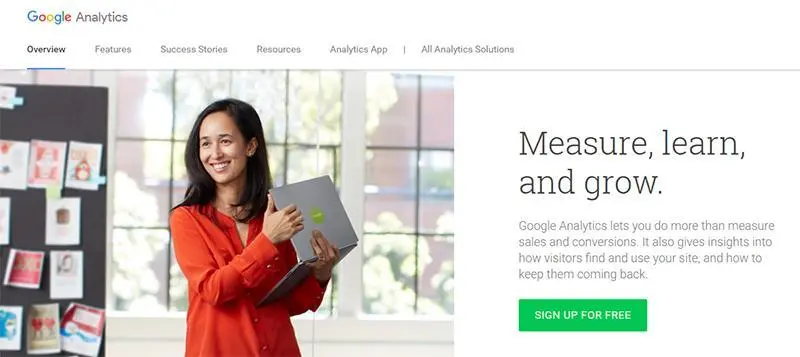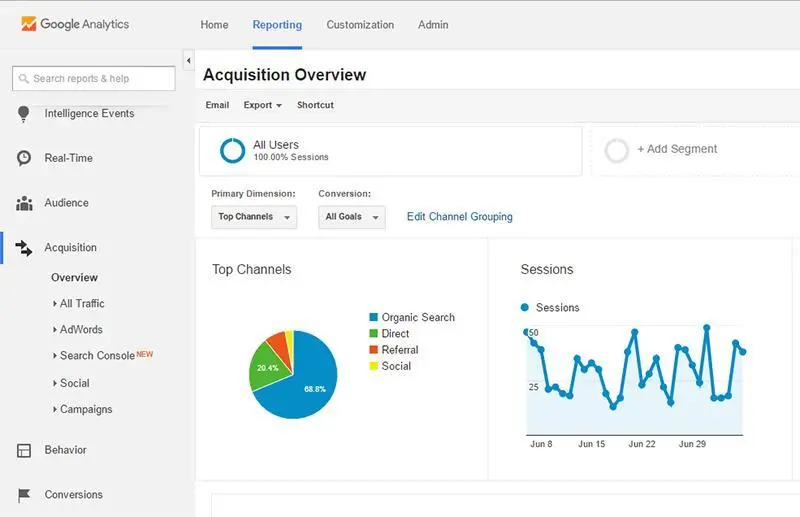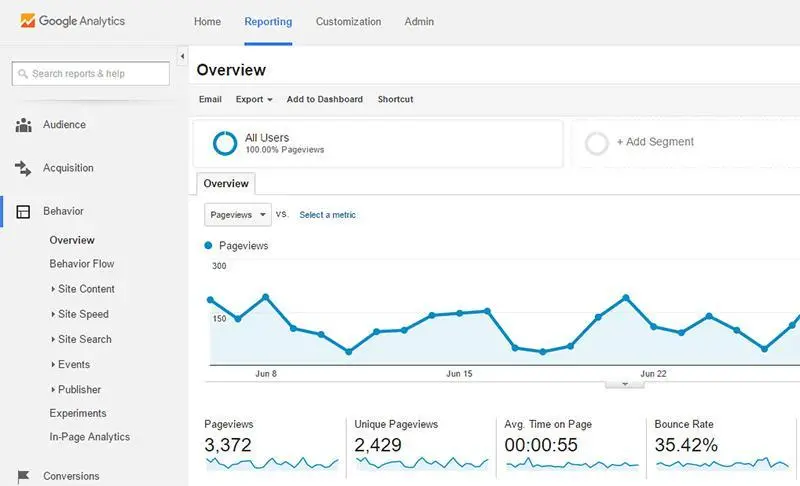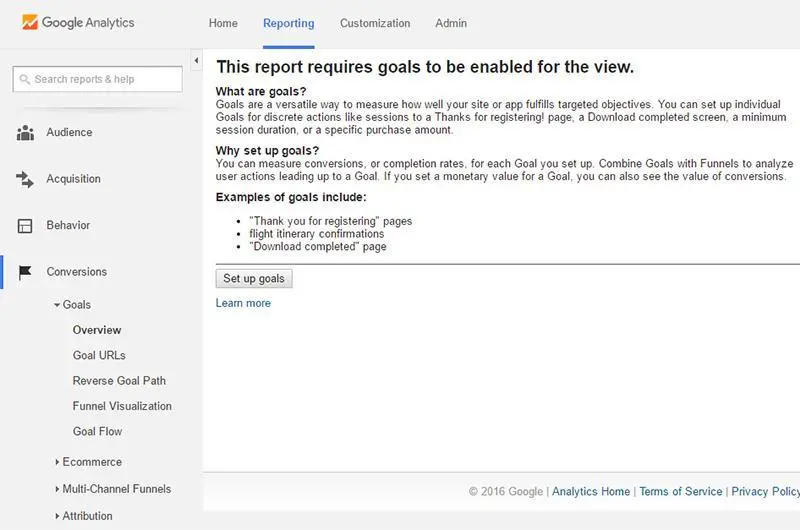Getting Started with the ABCs of Google Analytics
Google Analytics (GA) is one of the best tools available for improving the effectiveness of your website. Are you using it??
This highly customizable and free software has been created by the world’s cyber search mogul to help you experiment with and analyze what works and what doesn’t on your website. It gives you the information you need to adjust features and functions and ultimately improve your site’s performance.
But how do you use Google Analytics? This is why you are here.
Below, we discuss why every smart website owner should use GA, and how to locate and analyze the reports that give you the most valuable information about your site.
First step – if you have not set up your Google Analytics account you must do that before continuing to get the most out of this article. Then add your properties (websites.)
For step-by-step instructions on how to do that, see Google’s help page, Getting Started with Analytics.
How and Why should I use Google Analytics?
There are three main questions that business owners who seek an online presence need to ask themselves:
This is known as the the “ABC cycle.”
- Acquisition: How are people finding my site?
- Behavior: Is my content effective?
- Conversion: Are visitors taking the action I want them to?
For a business to thrive, it must be dynamic. You have to constantly and consistently analyze your data and adjust accordingly. The data that GA provides you with can help you in this process of measuring your stats, evaluating the facts, and taking appropriate action. It’s invaluable.
Where is my website traffic coming from?
On your GA homepage, notice the three bottommost tabs in the left menu bar: Acquisition, Behavior, and Conversion. The Acquisition section will provide you with the reports containing info about how visitors are finding your site. Play around with each subtab; you will probably notice some interesting places your traffic is coming from.
You will see a broad overview of your traffic sources under All Traffic Channels. “Organic search” refers to visitors who found your site by typing keywords into a search engine. “Direct” refers to people who typed your website address directly into the address bar. “Referrals” refers to websites with a direct link to your website that visitors clicked on.
Once you know where your traffic is coming from, you can start to capitalize on that information such as creating partnerships or allocating more advertising dollars. For example, if you notice that a lot of your traffic is coming from social media sources, then continue to boost your efforts on those platforms and drive additional traffic to your site.
Am I creating content effectively?
Next, check out the Behavior tab. The reports in this section will tell you how your pages are performing and what types of actions your visitors are taking.
Ask yourself: are they buying my product, downloading my ebook, or signing up for my newsletter?
The Overview subtab displays how many total and unique pageviews your site had along with the average amount of time visitors spent on your site, and what your overall bounce rate (people who click on your site and click away without taking any further action) was during that time period.
The Site Content subtab lets you dig even deeper into how every section of your website is performing. And the Landing Pages subtab provides the same info for each individual page of your site. When you have a clear picture of how your site is performing, you can start to analyze the data and tweak your content.
For example, if your bounce rate on a particular page is high, you might add more helpful content like photos and videos and see if that increases engagement. If a certain page has a long average duration session, ask yourself why visitors are staying on that page. And then implement those tactics on other pages.
Are my site conversions on par?
The last tab on the GA menu, Conversions, tells you how all of this info is affecting your bottom-line. Before first using conversion reports, you need to define and set up your goals. Are they by destination, duration, page view, or events goals? GA has a wizard to walk you through the goal set-up process.
Then, over time, you will see reports on your accomplishments. You will see how many goal completions you had, your conversion rate, and your abandonment rate for the given time period. In other words, the report will show whether or not visits resulted in your desired behavior.
Once you know what is working, you can experiment with changes to increase your conversions. GA conversion reports are one of the most instrumental tools you can use to measure your website’s true success.
For more detailed info and to familiarize yourself with the meat and potatoes of GA, register at Google Analytics Academy and take free online courses from Google experts.





